Allen’s hummingbird is one of the smallest hummingbirds in North America. It is only 3 to 3.5 inches long and weighs in at under an ounce.
It is a close relative of the Rufous Hummingbird. With its beautiful colors, it is also one of the prettiest birds in North America.
The male has a shiny green or brown-green back and temple, with rufous sides and lower back. Some males have orange lower back.
The male’s neck is also orange-red or copper-red, with slightly extended feathers to the sides. The orange pointy tail has dark points.
The farthest tail feather is thin. The wings are dark-colored, and the chest is white.
The males have a white spot behind their black eyes. The females are similar to males but lack the males’ eye-catching throat stripe – their throats are speckled.
A few reddish feathers may be seen on the throats, though. The female’s chin, throat, and chest are dull white and grayish.
The upper plumage is mainly green except for the rounded, rufous tail. Her under tail feathers are pale cinnamon.
The Allen’s hummingbird breeds in a narrow strip along the Pacific Coast, from southwest California to southern Oregon. When it migrates, it reaches southern Arizona and Nevada, Texas, and Louisiana.
Allen’s hummingbird is one of the smallest hummingbirds in North America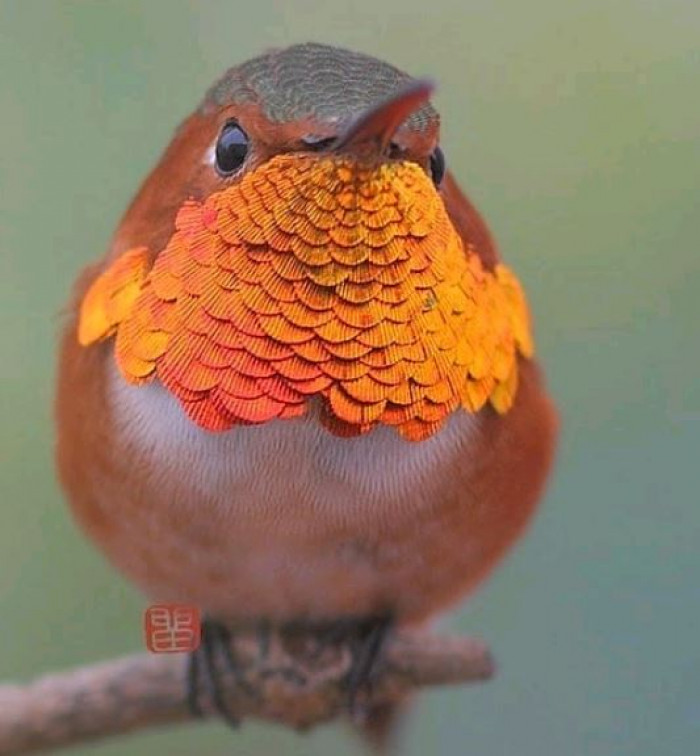
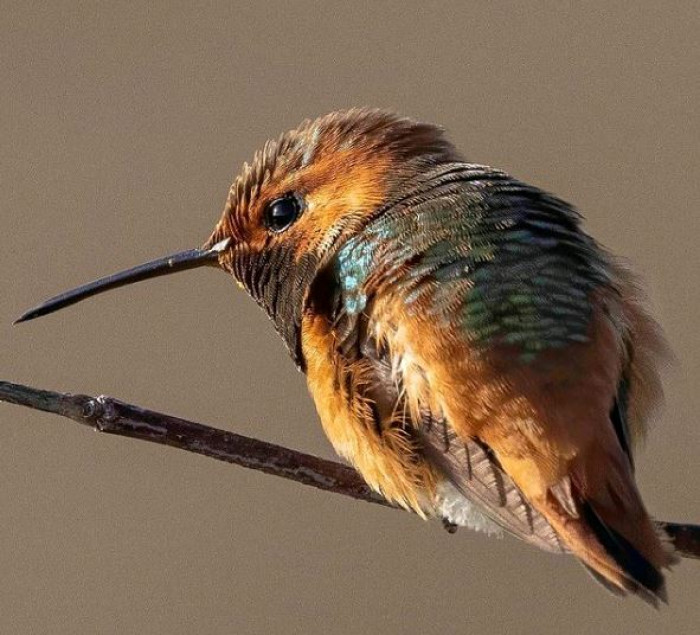
This bird breeds from February through to July. The female starts to build the nest before the mating process. Males display by flying side to side or in wide arcs while emitting a bumblebee-like buzz with their wings.
The small nest is made from moss, lichens, spider web, animal hair, plant down, and other delicate materials. The females build their nests on male territory, typically on a branch between two and 40 feet above the ground.
They lay two eggs and lay on them alone for 16 to 22 days. After that, the female also takes care of the young ones all by herself.
The chicks fledge about three weeks after hatching and are immediately independent. Potential threats to their existence include habitat loss, pesticides, and extend of invasive plant species.
The Allen’s hummingbird breeds in a narrow strip along the Pacific Coast, from southwest California to southern Oregon.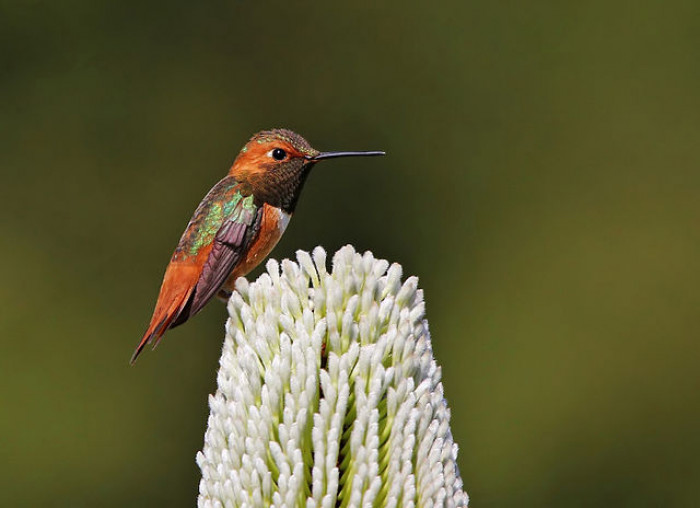
When it migrates, it reaches southern Arizona and Nevada, Texas, and Louisiana.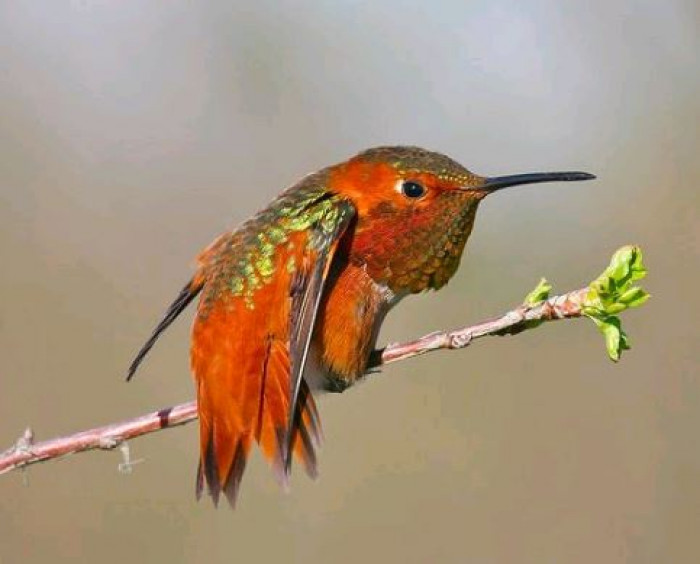
This bird breeds from February through to July.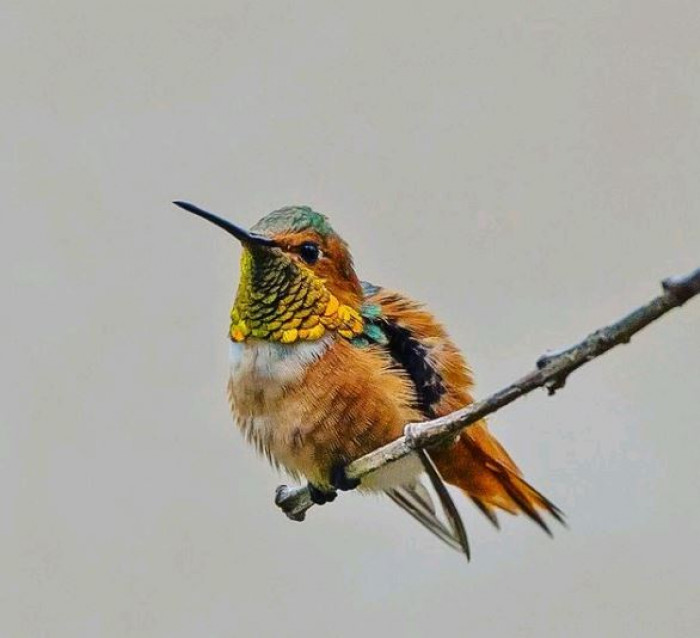
They lay two eggs and lay on them alone for 16 to 22 days
The female takes care of the young ones all by herself.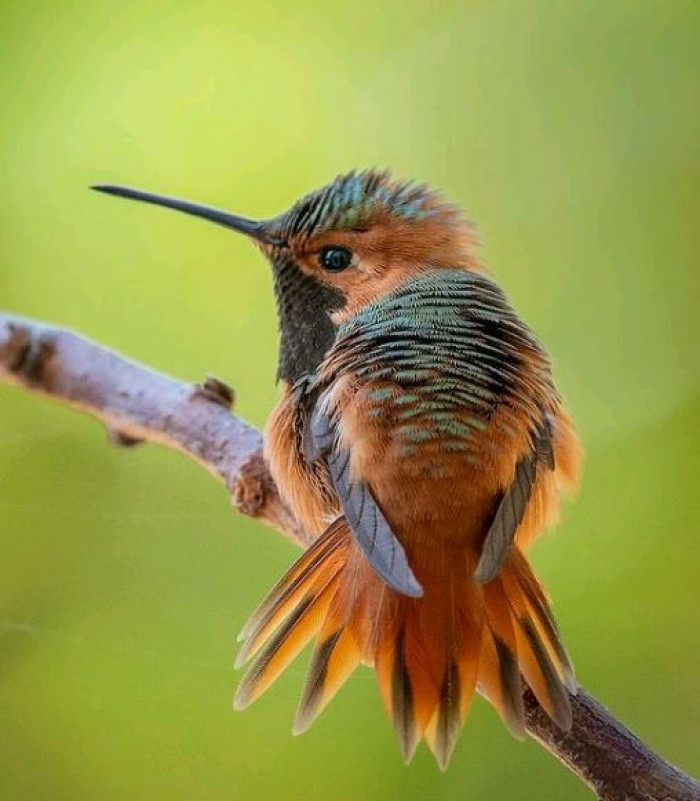
Potential threats include habitat loss, use of pesticides, and extend of invasive plant species.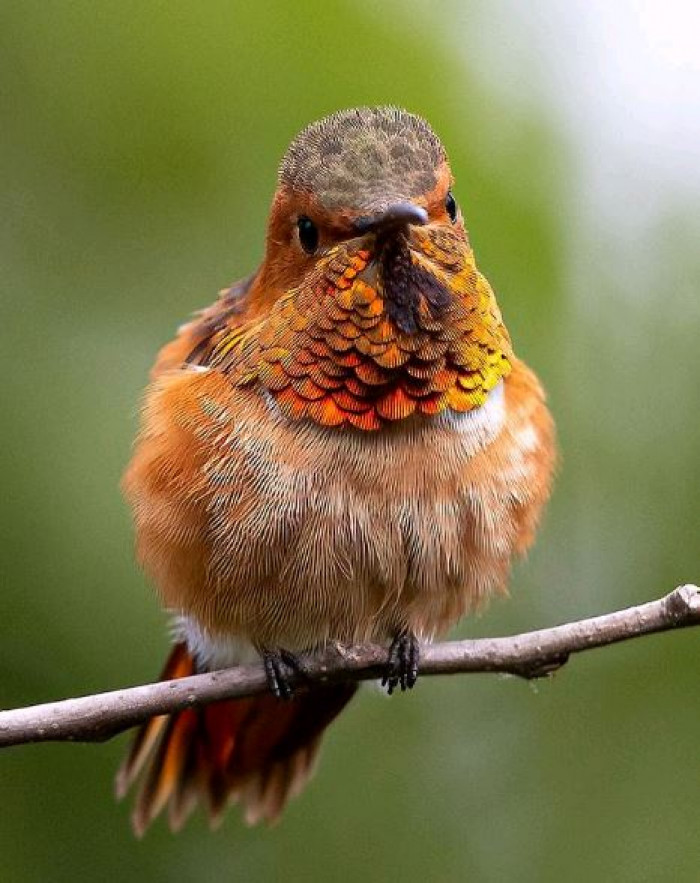
Watch them on video:
This bird may be small, but it is also brave. Male Allen’s hummingbirds will chase any other males from their territory, as well as any other hummingbird species, and have even been known to attack and rout predatory birds several times larger than themselves, such as kestrels and hawks.
Pretty awesome, right? There is so much more than what meets the eye.
Source: https://dailysquared.com/







